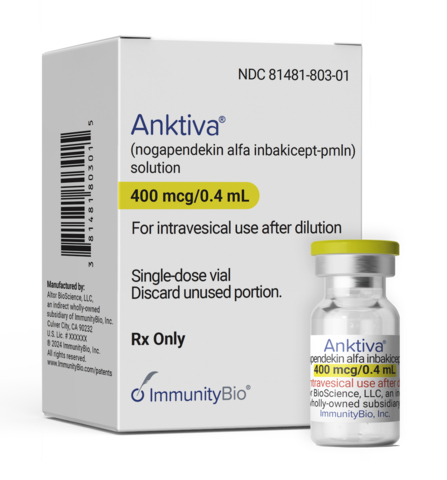Neuspera Medical announced that they will launch the second phase of their clinical trial evaluating the safety and efficacy of the Neuspera’s Nuvella system in patients with urinary urgency incontinence (UUI) symptoms. This one-of-a-kind sacral neuromodulation (SNM) device is a minimally invasive option that uses sacral nerve stimulation to treat overactive bladder in patients. The single-arm global study (SANS-UUI) will enroll 145 patients at 25 sites.
Neuspera Medical is an innovative medical device company empowering the lives of patients with chronic illnesses. Their Nuvella system allows patients and physicians to experience working with an ultra-miniaturized neuromodulation system that can be implanted within deeper regions of the body such as the brain. The Neuspera platform is adaptable and could support a better quality of life for the patient and better tracking and monitoring system for the physician.
SANS-UUI Study Highlights
The study feasibility phase results were presented at the American Urological Association (AUA) meeting in September 2021 and at the Society of Urodynamics, Female Pelvic Medicine & Urogenital Reconstruction (SUFU) meeting in February 2022. Out of 34 patients implanted with the Nuvella system and receiving a daily two-hour stimulation, 90 percent of the patients showed a 50 percent improvement in UUI symptoms at the six- and 12-month mark. In addition, 52 percent were completely dry at the end of 12 months.
“These results are very promising,” said Steven Siegel, chief medical officer at Neuspera Medical in the company’s press release. “In addition to the clinical benefits seen, Nuvella demonstrated safety consistent with other commercially available devices.”
The Overactive Bladder (OAB)
Bladder control problems arise due to health and prostrate problems or major life events such as pregnancy. These problems can vary between a casual annoyance to a complete change in a person’s lifestyle. They are very common and treatable, but can lead to complications such as emotional distress, reduced physical activity and intimacy problems. Besides making lifestyle changes, medical interventions such as oral medications and implantable devices are also available.
An overactive bladder (OAB) — also called urinary incontinence (UI) — is a condition where a person has a strong urge to urinate but is unable to hold it, resulting in leaks. Previous research suggests that OAB occurs in 23.3 percent of the US population, and women report OAB almost twice as frequently compared with men (30 percent vs. 16.4 percent, respectively).
The Neuspera Nuvella System with Sacral Nerve Stimulation
The sacral nerve regulates the body’s bowel, bladder and pelvic floor muscle movements. Surgically implanted SNM devices help control these muscle movements by stimulating the sacral nerve with electrical pulses.
The Neuspera Nuvella system combines a minimally invasive ultra-miniaturized (0.03 cc volume) implant with an external wearable wireless transmitter. Patients can easily control this system via a smartphone app and monitor the stimulation status. Developed with Neuspera’s proprietary Mid-Field Powering technology, this leadless solution uses the body’s natural fat, skin, muscle and bone to power the implant in a targeted manner. The technology delivers electromagnetic waves to depths of over 10 cm, allowing implants to be placed deep within the body. The external transmitter is a lightweight wearable that is designed to fit into a customized undergarment and can be wirelessly charged. In addition, clinicians can modify treatment parameters, program specifications and more for their patients through an iPad-based clinician programmer that also allows them to view all implant-transmitter systems.
The Neuspera Nuvella system is the first SNM device that could offer a less complicated and better patient experience. “We are very pleased the SANS-UUI trial has reached this important enrollment milestone, as we are now one step closer to bringing the life-changing benefits of this technology to patients,” said Alexander Yeh, founder and chief technology officer at Neuspera Medical in the same press release. “The Nuvella system is the smallest available SNM device designed to minimize post-procedure discomfort and have no visible external appearance of the implant.”
Current Implantable Devices for Bladder Control
Sacral neuromodulation therapy was first approved by the US Food and Drug Administration (FDA) in 1997 for Medtronic’s InterStim™ neurostimulator. It provides subcutaneous sacral nerve stimulation, restoring communication between the bowel and the brain as well as the bladder and the brain. It is currently the only FDA-approved implant for UI symptoms. Medtronic currently markets two versions of this device, the rechargeable InterStim™ Micro Neurostimulator and the recharge-free InterStim™ II Neurostimulator.












Join or login to leave a comment
JOIN LOGIN